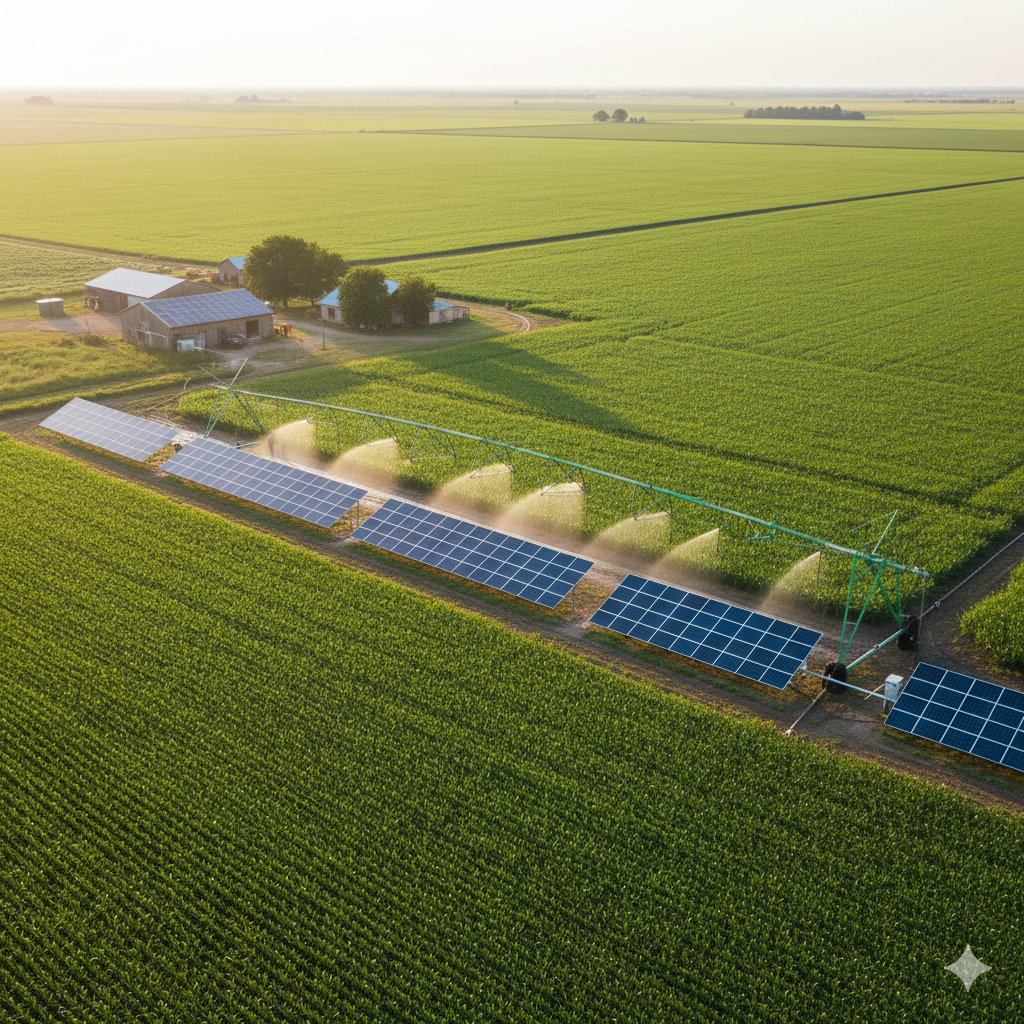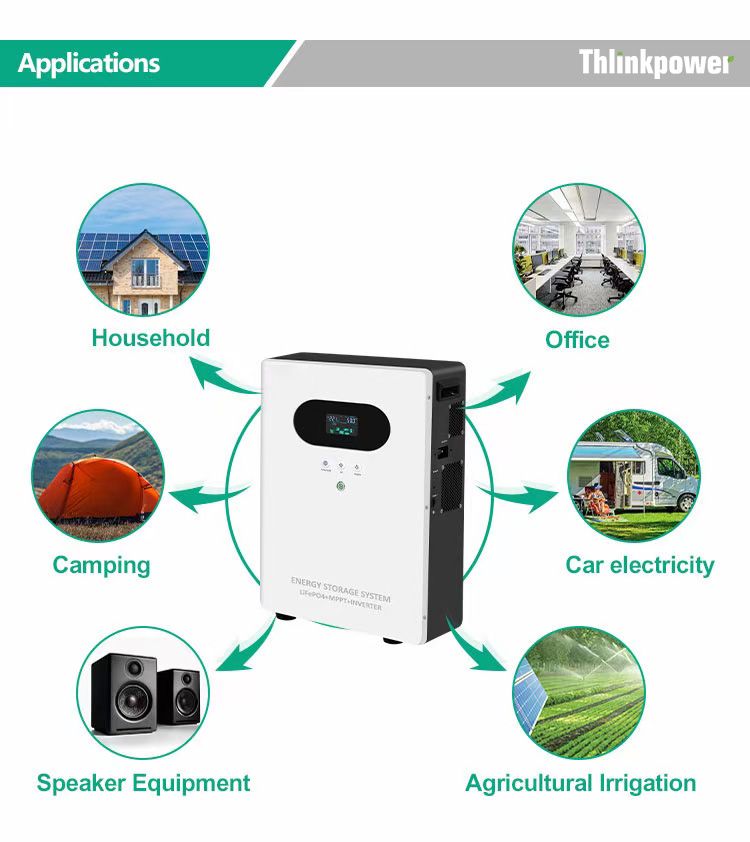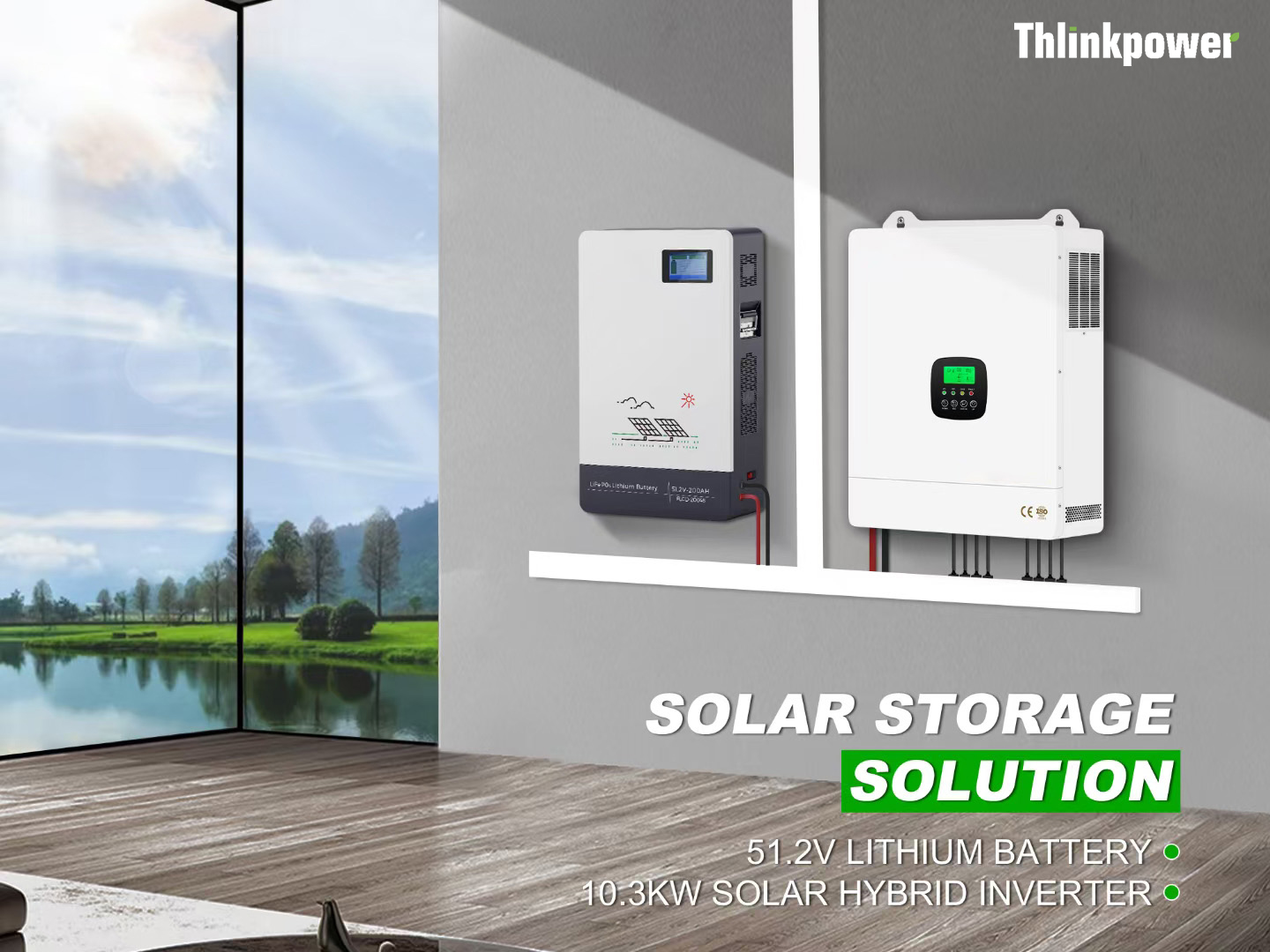
Solar Panel for Agriculture: Powering a New Era of Sustainable Farming
The Energy Dilemma in Modern Farming
Agriculture consumes large amounts of energy, especially for irrigation, cold storage, and processing. In many regions, electricity supply is unstable, and diesel-based solutions are costly and polluting. As climate goals tighten and input costs rise, farmers and agribusinesses are searching for energy sources that are both affordable and sustainable.
A solar panel for agriculture addresses this challenge directly. It allows farms to produce and use their own power, reducing dependency on fossil fuels and the grid. Whether for irrigation systems, automated feeding, or climate control in greenhouses, solar energy now powers key agricultural processes with stability and precision.
How Agricultural Solar Systems Work
Agricultural solar systems combine photovoltaic panels, inverters, and optional battery storage to deliver consistent power for daily operations. The concept is simple but transformative: harvest the sun to sustain food production.
| Component | Function | Agricultural Role |
|---|---|---|
| Solar Panels | Capture sunlight and convert it to electricity | Provide clean power for equipment |
| Hybrid Inverter | Convert DC to AC and manage system efficiency | Enable flexible grid/off-grid use |
| Energy Storage | Store excess daytime power | Support irrigation at night or cloudy days |
| Controller / Sensors | Monitor power flow and system safety | Maintain stable operation across weather changes |
This integration ensures continuous operation for solar-powered water pumps and other automated farm systems, even in remote areas far from power grids.
Comparing Solar and Conventional Farm Energy Systems
| Parameter | Diesel / Grid Energy | Solar Power for Agriculture |
|---|---|---|
| Operating Cost | High and volatile | Stable and near-zero post-installation |
| Maintenance | Frequent servicing | Minimal, annual cleaning and inspection |
| Environmental Impact | CO₂ emissions, fuel leakage | Clean and renewable |
| Accessibility | Limited in rural areas | Works anywhere sunlight is available |
| Long-Term ROI | 2–3 years | 6–10 years lifespan with low cost per kWh |
The result is clear: solar energy is no longer an experiment in agriculture — it’s a proven business decision backed by both sustainability and financial returns.
Advantages Beyond Energy Generation
Modern solar energy for farms offers far more than electricity. Its benefits ripple through multiple layers of agricultural operation:
-
Lower Operating Costs: Reduces reliance on grid electricity or diesel fuel by up to 70%.
-
Scalability: Modular design fits small farms or large commercial estates.
-
Sustainability: Decreases the carbon footprint of irrigation and processing systems.
-
Predictable Production: Smart inverters balance daily power loads automatically.
-
Government Incentives: Many regions offer tax credits and subsidies for solar installations.
A 2024 study from the International Renewable Energy Agency (IRENA) shows that farms integrating solar irrigation systems can save an average of $1,200 per hectare annually in energy costs while reducing CO₂ emissions by 40%.
Application Scenarios Across Agricultural Sectors
Solar panels now power a wide range of rural and commercial farming environments.
Here are the most common implementations:
-
Solar Irrigation Systems: Powering submersible or surface pumps for crop irrigation.
-
Greenhouse Climate Control: Regulating fans, lighting, and temperature without grid dependency.
-
Livestock Operations: Automating feed mixers, ventilation, and water supply systems.
-
Cold Storage Facilities: Maintaining temperature stability for post-harvest produce.
-
Remote Agricultural Projects: Providing off-grid electricity in rural development programs.
These applications highlight how solar panels for agriculture enable not only sustainability but also independence from volatile energy markets.
Practical Guidance for Agricultural System Design
Choosing the right solar solution depends on several operational factors. Below are key recommendations for planners and farm owners:
-
Energy Demand: Start with a detailed analysis of irrigation hours, storage cooling loads, and automation equipment.
-
System Type: Hybrid systems work best where partial grid support exists; off-grid is ideal for remote farming areas.
-
Panel Capacity: For medium farms, a 10–12 kW array usually meets irrigation and lighting needs.
-
Inverter Choice: Select hybrid inverters compatible with agricultural equipment loads.
-
Battery Storage: Choose lithium-based systems for longer cycles and low maintenance.
🌱 Tip: When designing solar irrigation setups, position panels near water pumps to minimize cable losses and improve maintenance accessibility.
Frequently Asked Questions
Q1: Can solar panels fully power a farm?
Yes. With the right system design, farms can achieve full energy independence or hybrid grid-backup operation.
Q2: Are solar irrigation systems reliable during cloudy weather?
Yes, especially when paired with hybrid inverters and battery storage for continuity.
Q3: How long do agricultural solar systems last?
Typically 20–25 years for panels, and around 10 years for inverters and batteries with proper maintenance.
Q4: Is maintenance difficult for rural installations?
No. Regular cleaning and a quick annual inspection are enough to maintain high efficiency.
Building Sustainable Agriculture with Solar Power
The transition to clean energy in agriculture is more than an environmental movement — it’s a strategic upgrade for long-term efficiency and cost stability. A solar panel for agriculture empowers farmers to operate continuously, sustainably, and profitably across all seasons.
At Thlinksolar, we specialize in designing durable, scalable, and high-performance solar systems for agricultural and industrial use. To explore how solar technology can transform your farming operations, visit our homepage or contact our team through the contact page.


